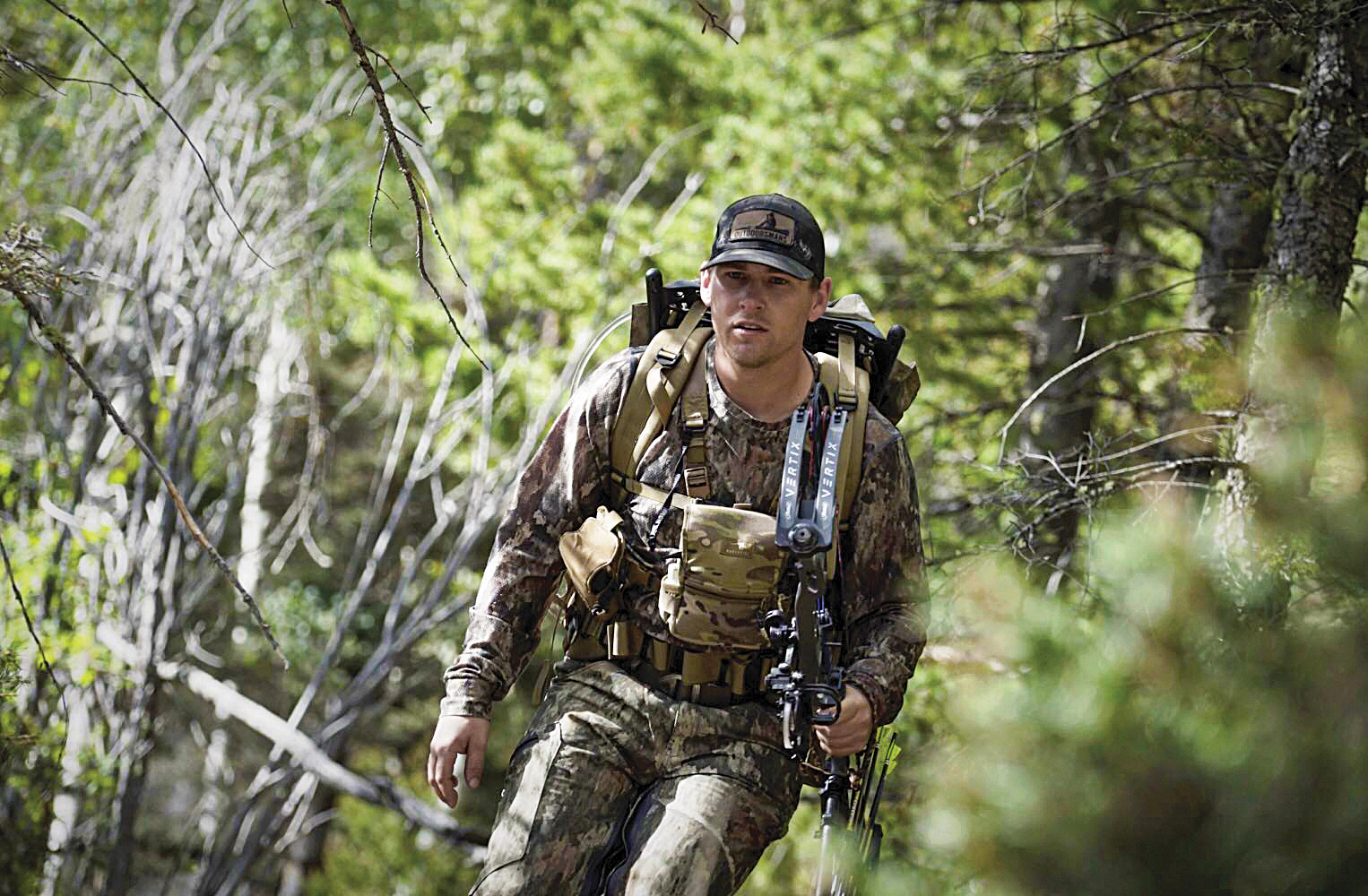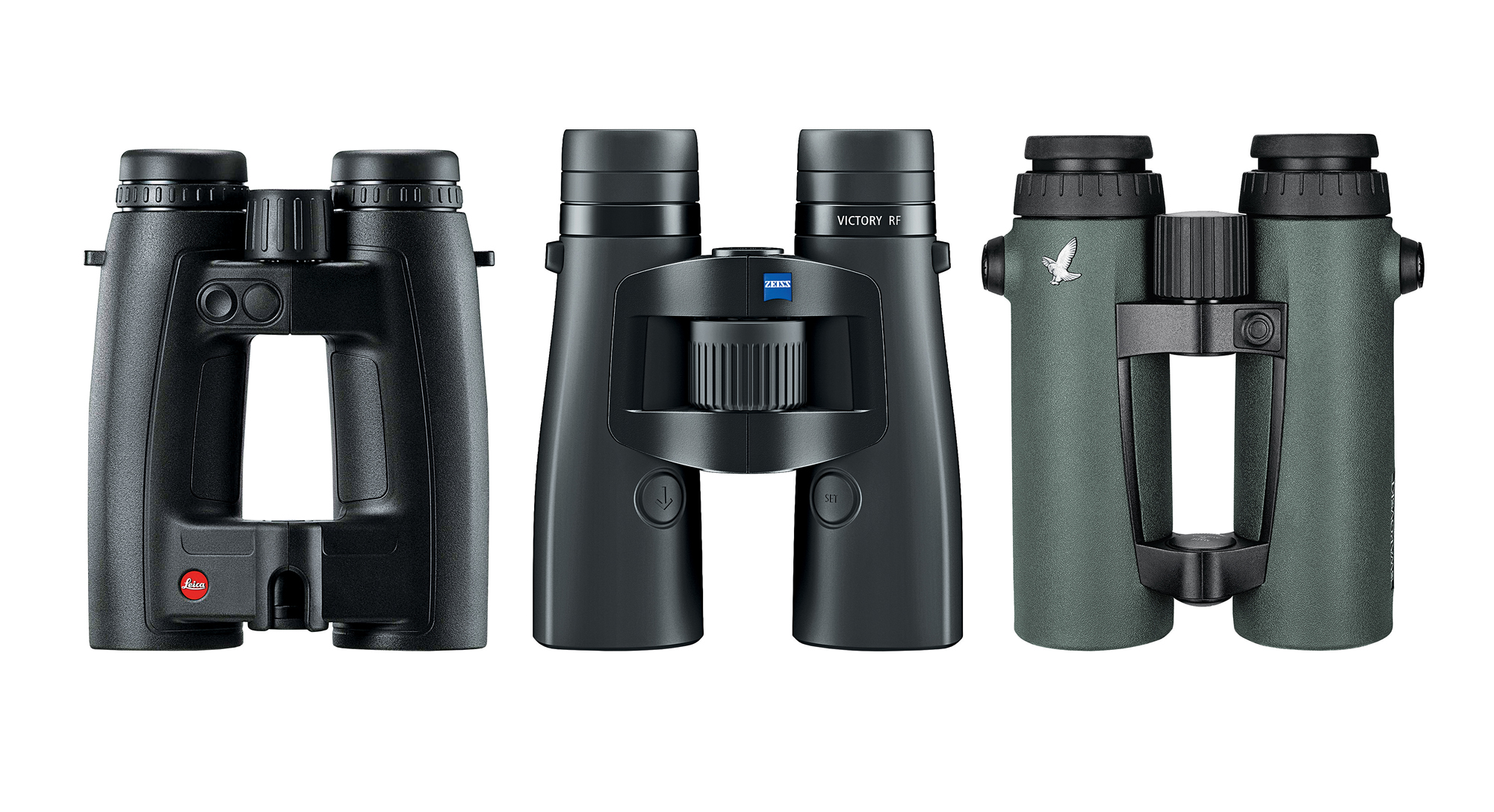
NOTICE: Certain links on this post may earn a commission for Western Hunter Magazine from Amazon or our other affiliate partners when you make a purchase. Thank you for your support.
The Pros and Cons of Rangefinding Binoculars
Archers and riflemen alike have used laser rangefinders to make accurate shots on game more reliably for years, but only recently have hunters had a practical option of getting that functionality integrated into rangefinding binoculars. Which begs the question, why doesn’t everyone just use a rangefinding binocular?
While rangefinding binoculars are not new to the market, early generation models were bulky and cumbersome, and overall functionality suffered. Still today, cheaper models sacrifice on glass quality and electronic components which often lead to reliability issues leaving the user frustrated and skeptical of the technology. Still yet, there are some who were early adopters and still swear by the first pair they purchased years ago.
It stands to reason then, that there is a missing factor as to why more hunters don’t use rangefinding binoculars. This article attempts to offer some insight into what we at Outdoorsmans hear from our customers and what we’ve learned in our own experiences using these optics.

Closing The Distance
Often, the first question customers have about rangefinders is how close and how far the unit will reliably measure range. The ability to measure shorter distances is especially useful for archers who are primarily concerned with ranges inside of 100 yards, while pushing out beyond 2,000 yards is far more useful to rifle hunters. In either case, the key factor is doing so reliably.
Admittedly, handheld rangefinders are easier to manipulate with one hand than a pair of rangefinding binoculars so, for stalking big game, a handheld unit will serve any hunter well at shorter distances. At greater distances, however, the added stability of a tripod is required for reliable measurements and if you’re spot and stalk hunting, there’s a good chance your binoculars are already on a tripod.
Though most of us aren’t shooting animals from 3,000 yards away, the ability to accurately range that far is helpful for measuring distances to and between terrain features to gain a better understanding of where may be best to set up for a shot and how long it could take to get there. In the same vein, the ability to quickly range at 15 yards can be the difference between a double lung shot or hours of tracking a blood trail.
Untethered
While not everyone has the opportunity to hunt the Alaskan wilderness, there are still plenty of arduous backcountry hunts in the lower 48 that demand every ounce of weight possible be shed. It may not seem like much, but eliminating the rangefinder pouch, tether, and unit itself by using a rangefinding binocular can save anywhere from 6 ounces to a pound or more.
If you’re glassing from a tripod, another advantage to having rangefinding binoculars is the ability to immediately range what you’re seeing without taking your eyes off your quarry. It’s very easy to lose sight of an animal and the few moments it takes to access a handheld rangefinder and relocate a deer could be all that stands between success and failure.

Point of Entry
Like all quality optics, rangefinding binoculars come at a cost. That said, when adding up the costs of premium binoculars and a quality rangefinder, a case could be made to suggest you’d actually be saving money by purchasing a rangefinding binocular.
The truth is that most hunters have already invested in a rangefinder and/or binoculars. The idea, then, of paying a premium for binoculars with range-finding capability seems like a poor investment. In a purely financial sense, this is sound logic; similar to the adage “the cheapest car is the one you own”. On the other hand, if you’re looking for more performance the “premium” for a rangefinding binocular may be well worth the cost.
For manufacturers like Swarovski, Zeiss, and Leica, their top-tier optics range from $2,689 to $2,799 while their rangefinding offerings range from $2,999 to $3,549. With this small sample, we can see that the largest price jump is $860 and the smallest is just $200. Considering these manufacturers are pairing their best laser rangefinding technologies with their highest-quality optics, it’s safe to say there is some serious value added here, as you won’t find the best handheld unit for $860 – let alone $200.
The Gist
Despite all the advantages of RF binoculars, handheld units still have a very secure place in the market. For the avid archery enthusiast, handheld rangefinders will be the tool of choice for the foreseeable future. It will not be long, however, before the rangefinding binocular earns its place in the hearts of many tenacious backcountry hunters.
For the average hunter, a pair of budget binoculars and a budget rangefinder can be secured for under $1,000 and will serve their purpose somewhat adequately. But when performance can’t be sacrificed, the advantages of quality RF binoculars are tough to argue against.
As always, if you have any questions, you can reach out to the folks at Outdoorsmans at 1-800-291-8065 or chat with them online.




